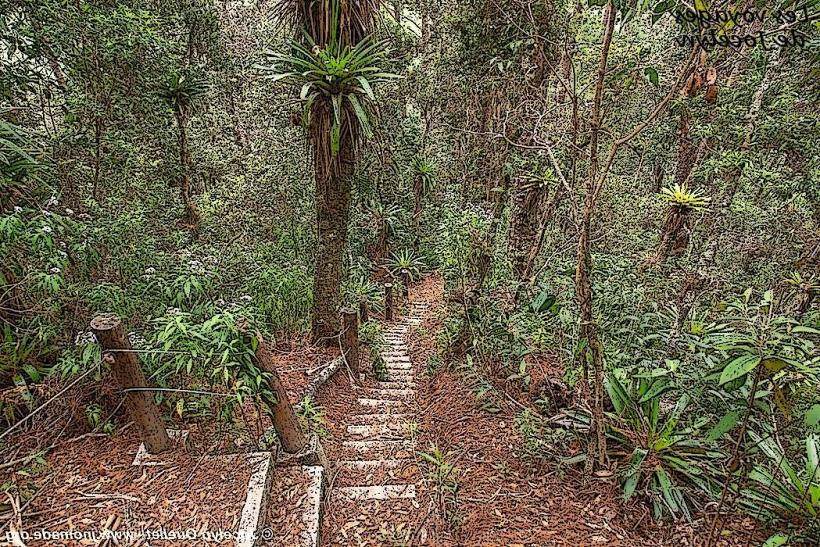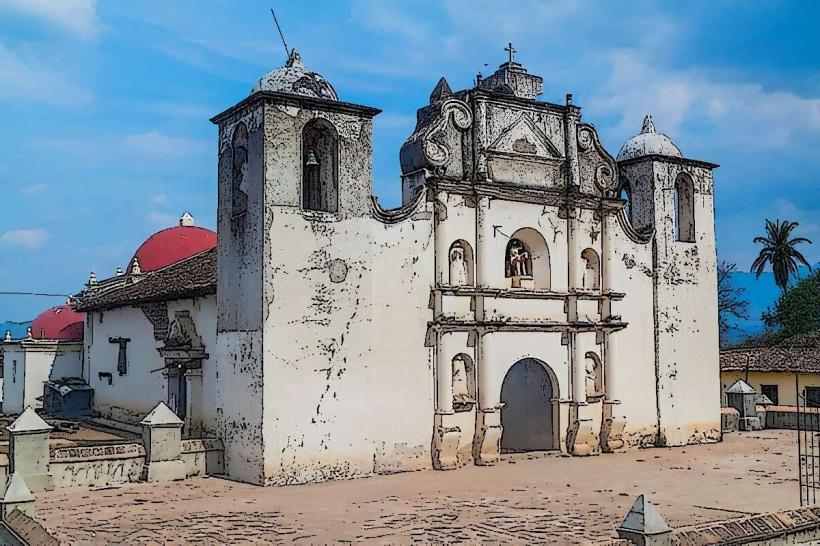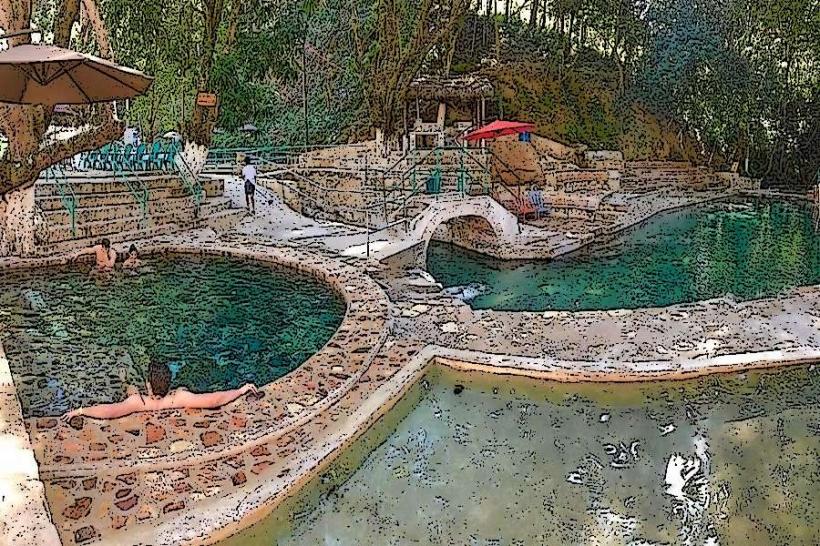Information
Landmark: San Cristóbal FortressCity: Gracias
Country: Honduras
Continent: North America
San Cristóbal Fortress (Fuerte de San Cristóbal) is a historic military fortification located in the town of Trujillo, Honduras. It is one of the most significant historical landmarks in the region, known for its role in defending the Caribbean coast of Honduras during the colonial period and its impressive location overlooking the town and the sea.
History and Significance
The fortress was built in the late 18th century, specifically between 1775 and 1790, as a strategic defense measure to protect the town of Trujillo and the surrounding coastline from pirate attacks and potential invasions by foreign forces. The construction was initiated by the Spanish colonial government, which sought to secure the important port town of Trujillo, an area vulnerable to attacks due to its proximity to trade routes in the Caribbean.
San Cristóbal Fortress was named after Saint Christopher, the patron saint of travelers, reflecting its purpose as a protective structure for the region. The fortress also played a key role during the era of Spanish rule, serving as a military outpost for Spanish forces. Over the centuries, it has witnessed numerous historical events, including attempts by pirates to raid the town, as well as local uprisings.
In the 19th century, following the independence of Central America from Spain, the fortress continued to serve various military functions. Despite the passage of time and the changing political landscape, the fortress remained a key part of Trujillo's history and identity. Today, it stands as a popular tourist attraction, offering insight into the military and colonial history of Honduras.
Architecture and Structure
The San Cristóbal Fortress is strategically located on a hill that offers panoramic views of the town of Trujillo and the surrounding coastline. The fortress' elevated position allowed defenders to spot potential threats from afar, giving them time to prepare for an attack.
The structure itself is built using stone, with thick walls and narrow windows that provided both protection and visibility. The design of the fortress is typical of colonial military architecture, with a focus on defensive features such as bastions (angled projections), strong fortifications, and a series of ramparts. The walls are reinforced with heavy stone and brick construction to withstand cannon fire.
The fortress has several levels, including a large central courtyard, which was likely used for military drills and housing soldiers. There are also rooms and chambers that were once used for storage, ammunition, and other military purposes. Over time, the fortress has undergone some restoration work, but many original features have been preserved, allowing visitors to appreciate the historical accuracy of the structure.
Role in Defense
The main purpose of San Cristóbal Fortress was to protect the town of Trujillo from pirate raids, which were common in the Caribbean during the colonial era. The Spanish government, aware of the region's vulnerability, chose Trujillo as a strategic location for their military presence. The fortress' cannons were aimed at the sea, and its walls were designed to protect both the town and the port.
In addition to pirate attacks, the fortress also served to defend against other military threats. During the colonial period, the Caribbean was a hotspot for European naval conflicts, and the fortress played a role in safeguarding the Spanish colonial interests in the region. The fort was especially significant during the 17th and 18th centuries, when the Caribbean was frequently targeted by pirates, privateers, and rival European powers.
Modern Day and Tourism
Today, San Cristóbal Fortress is one of the top tourist attractions in Trujillo and offers visitors a chance to step back in time and experience a piece of Honduras' colonial military history. The fortress provides stunning views of Trujillo Bay, the Caribbean Sea, and the surrounding landscape, making it a popular spot for sightseeing and photography.
Visitors to the fortress can explore the interior, walk along the ramparts, and learn about the history of the site through informative plaques and displays. The fortress is well-preserved, and its location atop a hill adds to its charm and sense of historical grandeur.
In addition to its military and historical significance, San Cristóbal Fortress is often a venue for local cultural events, performances, and festivals. The combination of history, culture, and breathtaking views makes it a must-visit destination for anyone traveling to Trujillo.
Accessibility and Visiting
The fortress is located just a short distance from the center of Trujillo and is easily accessible by car or on foot. It is open to the public, and there is often a small entrance fee to help with maintenance and preservation efforts. Due to its historical value and scenic location, San Cristóbal Fortress is a popular spot for tourists looking to explore the heritage of Trujillo.
Nearby Landmarks
San Cristóbal Fortress is close to other historical and natural landmarks in the Trujillo area, including Trujillo Beach, Fort San Fernando de Omoa, and the Cayos Cochinos islands. Visitors to the fortress often explore the town of Trujillo itself, which offers a charming blend of colonial architecture, local markets, and cultural heritage.
Conclusion
The San Cristóbal Fortress is a remarkable historical site in Honduras, offering both a window into the country's colonial past and an opportunity to enjoy stunning views of the Caribbean coastline. Whether you're a history enthusiast, a nature lover, or just someone seeking a peaceful spot to appreciate the beauty of the region, the fortress provides a memorable experience that is integral to the identity of Trujillo and its legacy.




